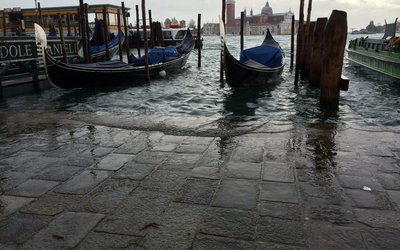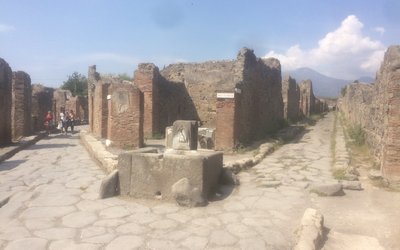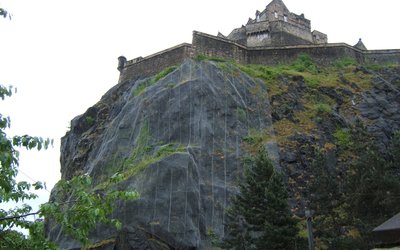
Europe’s largest population of wild mountain reindeer is in Hardangervidda National Park, Norway. The Hardangervidda plateau is situated in the south-western Scandes halfway between Oslo and Bergen in Norway. In the past four decades, the reindeer population has fluctuated between 26,000 and 6,000 individuals, followed by a marked decline down to 4,296 reindeer in 2003.
Climatic changes might amplify existing trends in recreation activities, resulting in more disturbance and further deterioration of wild mountain reindeer summer and winter habitats. The summer season is expected to extend and temperatures to increase. In consequence, the use of existing infrastructure (e.g. hiking trails and mountain lodges) and related disturbance levels will intensify. This trend might also result in new infrastructure developments that affect migration routes and lead to further isolation of summer habitats. In winter, Hardangervidda will turn into a more reliable area for winter sports than lower-lying regions which might bring more tourists to Hardangervidda.
Wild mountain reindeer conservation should be focused on already occurring and intensifying problems like hunting, infrastructure development, and recreation. Measures to minimize risk factors should include an educative programme on the code of conduct for hunters, tourists, and tourism enterprises to minimize disturbance. Contingency plans and emergency services need to be provided to alleviate existing pressures like habitat fragmentation. Emergency actions should include a strict protection of sensitive habitats (e.g. breeding grounds) and migration routes. This could also include the spatial and temporal exclusion of visitors. To remediate damages and infrastructure in sensitive habitats and at important migration, routes should be deconstructed or displaced.
Source: Rannow, 2013. Regional Environmental Change 13: 813–823.
Photo: M. Prinke (www.flickr.com)








